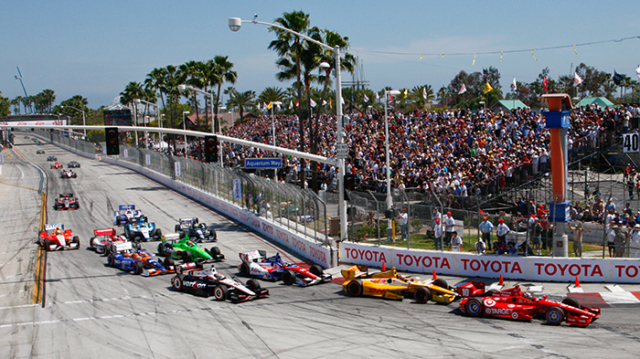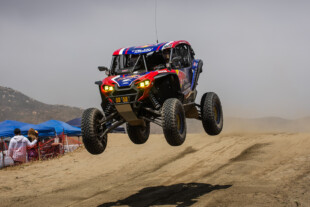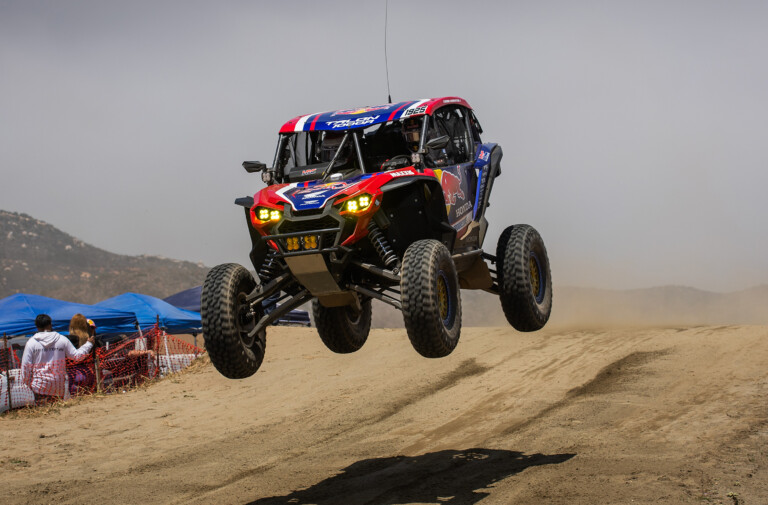It’s an iconic track, without question. The Long Beach Grand Prix has been referred to as the “American Monaco,” and is a venue that consistently attract hordes of avid fans, largely due to the exotic scenery and the challenging nature of the circuit. With public roads used, the drivers aren’t afforded too much grip, and have no runoff area. Nevertheless, the track is home to some outrageous speeds – nearly 180 mph in Indycar qualifying – and drivers must remain incredibly sharp to succeed here.
Understanding the Circuit
Considering the wide-fendered monsters that have to crowd through the first several corners after a race start, it’s surprising that every green flag here isn’t instantly followed up by a massive pileup. How do the top drivers manage to squeeze through? Part of it is just sense – making the most of a race start means avoiding incident, since the race is yet to be really be underway anyways, and there’s plenty of time to make a move in safer circumstances.
Nevertheless, Turn 1 invites some drama. There are plenty of drivers who will leave their braking to the absolute last minute to get ahead here, as there are few other areas on the track that offer much in the way of passing potential, but here, the price for failure is a smashed car in the tire barrier. With a bumpier surface in the braking zone, the driver’s wits must be sharp if they intend to make it through in one piece. It’s not a section where the meek shine.
A Unique Balance
It’s also a course that encourages the use of curbs, since the road is narrow and there isn’t much room to roll out of the corner with a clean arc. Because of the tight nature of the track, however, it’s important that nuzzling the curbs doesn’t spit the car out into the unrelenting walls. In other words, the direction changes must be made quickly and this twitchiness is usually the result of a stiff setup, but at the same time, the cars must have enough compliance to have good traction. Since street circuits like these are traveled by road cars most of the year, the asphalt is dusty and does not have the rubber deposited on the track to offer the amount of grip racers are used to. It’s a very challenging compromise to find.
Sliding to Grip
However, what some will find fascinating is the influence of drifting on the Long Beach track. Since corners 9, 10, and 11 have been used for Formula D since 2005, the drift cars have laid a generous amount of black streaks on the pavement in the past decade, this particular area has become much gripper. As a result, some pretty spectacular moves have been placed here.
The iconic Turn 11 might seem like a park-and-go sort of affair, but in reality, it’s quite technical and requires a good amount of consideration since it leads onto the longest, fastest straight on the entire circuit. Thankfully, the late Justin Wilson guides us along and through the intricacies of this historic venue, and shared a little of the wisdom which made him such a talented racer, and a little of the humor and humility which made him so popular within the Indycar world.






















